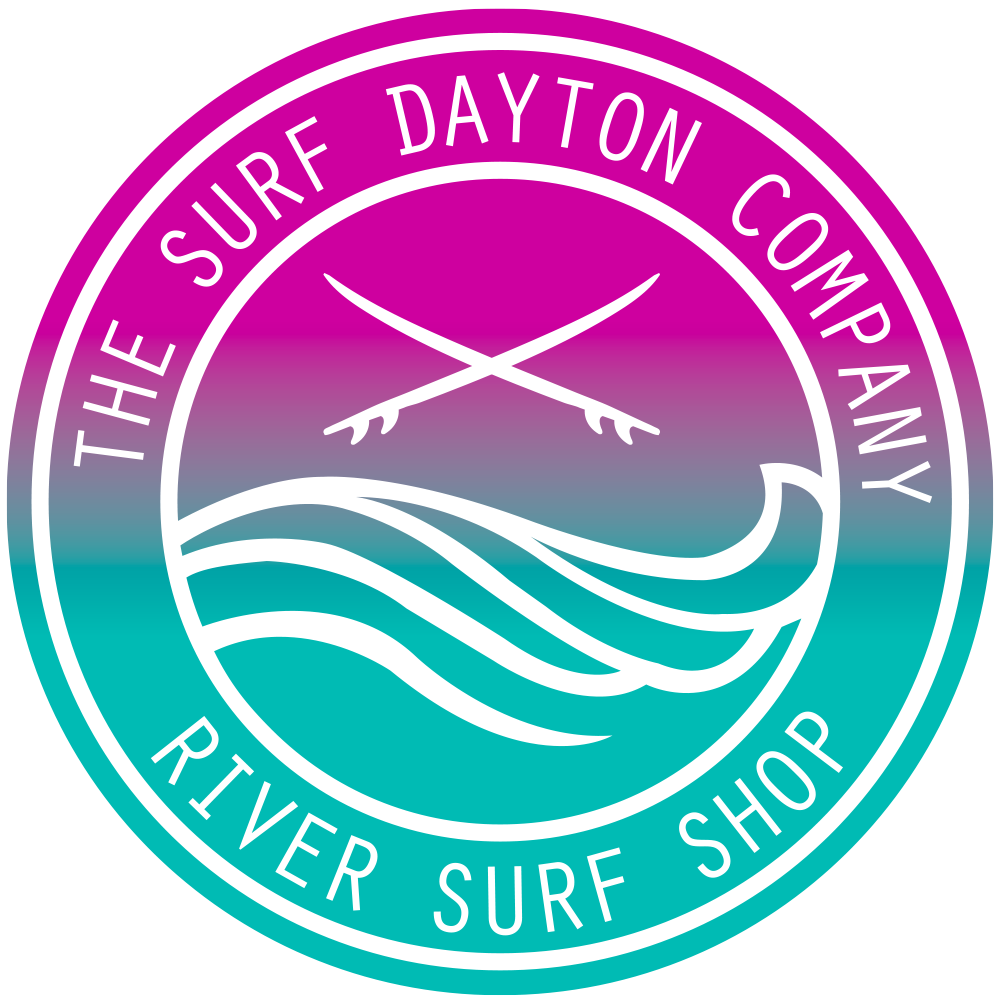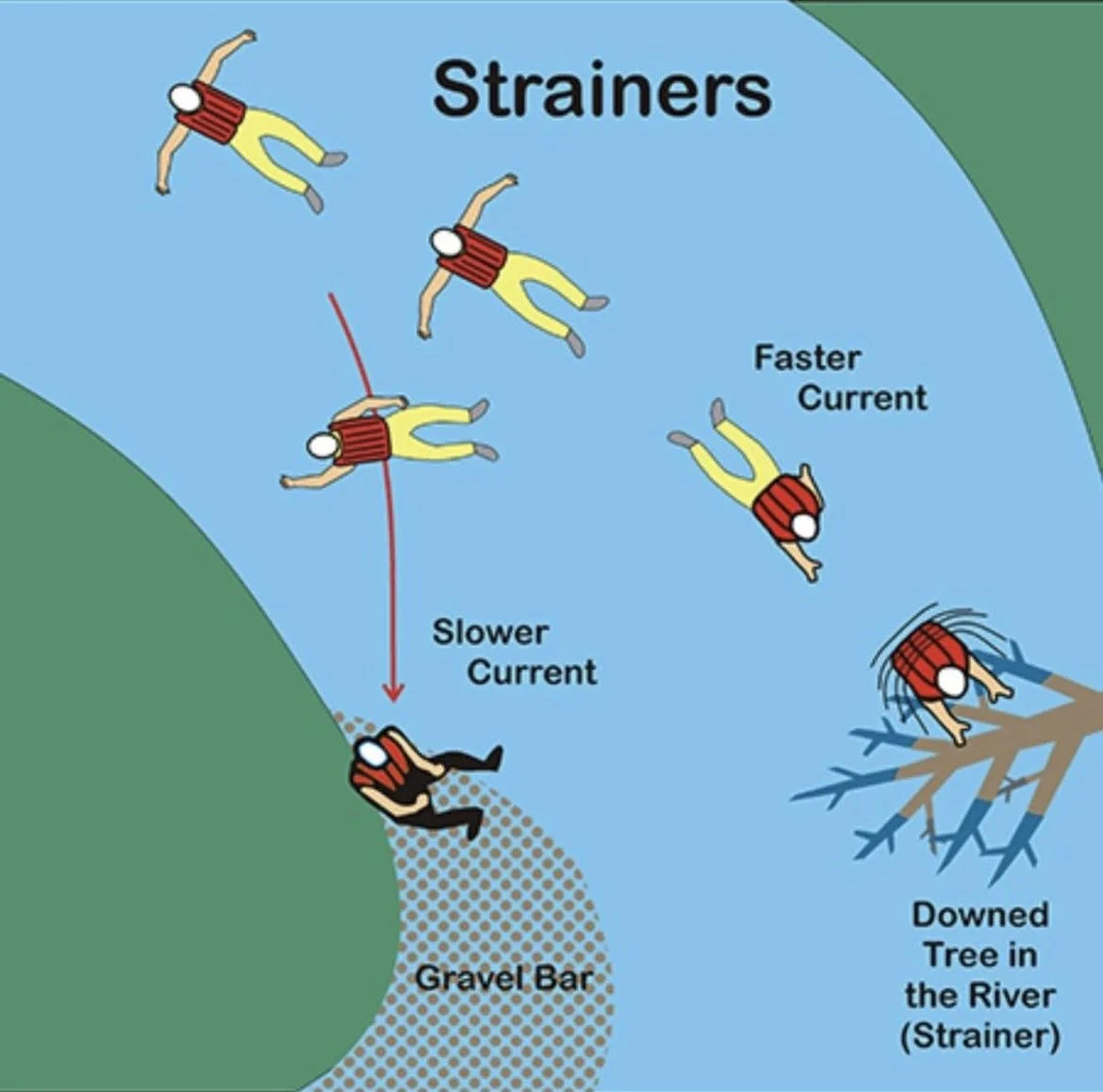River Surfing Safety 101
It’s been awhile since we had a safety talk and we realized the last safety blog post was based more around gear (read it here). We want to share some other safety talk for beginners and experts alike. In the end, all we can do is share our knowledge and experience and hope it saves a life or makes someone take that extra precaution before getting on the water.
1. LIFE JACKETS/PFDs
There’s a reason why wearing a Personal Floatation Device is number one on our list. Life jackets save lives! Wear it! I’d say 99% of all drownings are because someone wasn’t wearing a PFD. This is pretty much non-negotiable. Some will say it makes it harder to lay in the prone position on the board but I haven’t had much issue. There’s also low profile life jackets that work great as well! So WEAR YOUR LIFE JACKET!!!
2. HELMET
River surfing is different than the ocean. In the ocean, you are often falling away from your board, but when surfing a standing river wave, the board can fly in many directions when you fall and it’s very easy to take a fin or board to the noggin! There’s also risk of hitting rocks during the swim but there’s more chance of hitting your board or even someone else’s board. I personally have fallen towards the eddy to find someone not controlling their own board and I’ve ended up hitting it.
3. LEASH
There’s been a lot of controversy lately over leashes and here’s our take on it: Leashes are important for some waves. With big deep water waves or powerful eddies, leashes keep you close to your board (which is also your back up floatation). But ankle leashes are a big NO NO! If your leash gets hung up on a rock, you will be dragged by your ankle and unable to break away. This can happen in 3ft of water! Water is more powerful than you! Quick release or break-away leashes worn attached to your life jacket is the safest way to use a leash. If you become hung up, it’s a quick pull to disconnect. Some opt for no leash and at some waves, is perfectly fine. If you watch these no leash surfers, when they are done surfing or when they fall, they drop down or fall onto their board to the prone position so they can paddle their board, rather than falling into the water. That’s good practice, whether you wear a leash or not. Always control your board! Also, this protects the board from smashing into rocks.
4. COLD WATER
Always know the water and air temps and wear the appropriate wetsuit, booties, and gloves! Cold water can zap your energy very quick. Always be prepared and wear the appropriate mm wetsuit!
5. STRAINERS
Always be aware of any strainers, bridge pillars, or anything that you could be pinned against or hung up on. The power of the water against a strainer is so strong, even in just moving water, it can completely fold a canoe and crush you. Avoid them at all costs!
6. KEEP FEET DOWN RIVER WHEN SWIMMING
When going down river, always keep your feet in front of you and swim sideways to any eddy or towards the bank. This allows you to push off any obstruction with your feet rather than with your head. Also this keeps you flat and on top the water to avoid any foot or hand entrapment!
7. SURF IN PAIRS
It’s always good to surf with others when able. It’s good to look out for each other, let the surfer on the wave know if there’s anything up stream coming down to be aware of. Keep your head on a swivel and look out for each other! Besides, it’s always more fun to surf with friends
8. PROTECT YOUR FEET
However may not be life threatening ever but always good to wear water shoes or booties to protect your feet. Rocks and debris in and out of the river can cut your feet easily. So always smart to wear something that wont come off easily. Also gives you much more traction on slippery wet rocks!


